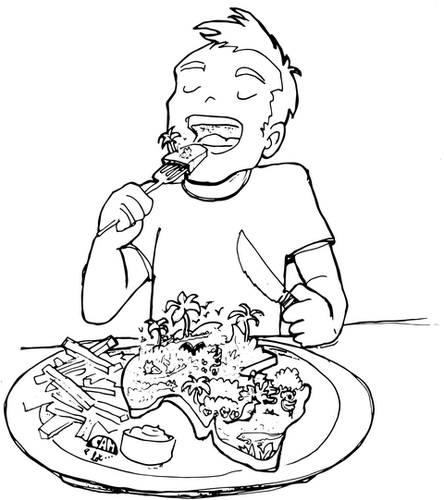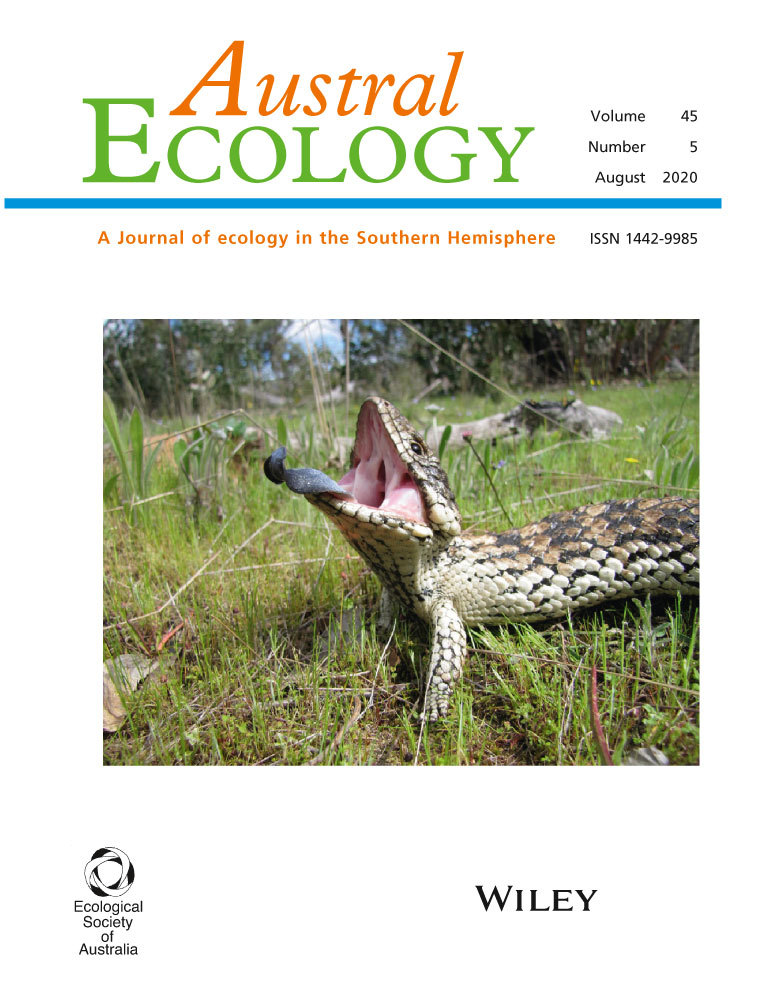Defending biodiversity through our diets
Earth is currently undergoing a mass extinction, and for the first time in Earth’s history, this one is driven by anthropogenic factors (Ellis 2011). There is abundant evidence that a diet with a high prevalence of animal-derived products is implicated in biodiversity loss and endangerment (Steinfeld et al. 2006; Bailey, Froggatt & Wellesley 2014; Machovina et al. 2015). Such diets are an overlooked issue (Bailey et al. 2014), especially in Australia, where the meat industry has negative impacts on biodiversity, which plays out in numerous ways.
Habitat destruction (loss and fragmentation) is the overriding cause of species endangerment and extinction in many countries, including Australia (Evans et al. 2011). In Australia, cattle grazing is the primary driver of land clearing (Australian Government 2009). Livestock has a disproportionally sizeable land-use footprint (Poore & Nemecek 2018). Due to the inefficiency of energy conversion up food chains (Eshel & Martin 2006), meat production requires larger areas of land by orders of magnitude than plant-based foods, on a per kilogram, per 1000 calories and per 100 g of protein consumed (Poore & Nemecek 2018).
Climate change is a current and ongoing threat to biodiversity, including in Australia (IPCC 2019). Australia is one of the global leaders in per capita greenhouse gas emissions, of which land clearing for livestock production and meat consumption plays a substantive role (Poore & Nemecek 2018; OECD 2020; Ritchie & Roser 2020). Moreover, the Australian livestock industry is contributing to meat-heavy, and therefore high-carbon, diets worldwide, being the leading exporter worldwide in sheep, and the world’s third-largest beef and veal exporter in 2017 (MLA 2020). As of June 2017, there was 26.2 million head of cattle involved in beef and veal production, and 72.1 million head of sheep for lamb and mutton production (MLA 2020). These introduced ruminants emit more substantial amounts of greenhouse gases than native herbivores (Wilson & Edwards 2008). The sheer scale of livestock on the land results in extremely high greenhouse gas emissions, with enteric fermentation alone comprising an estimated 70.6% of agricultural emissions (Australian Government 2017).
In addition to land clearing, livestock also contributes to land degradation (Yates et al. 2000; Pettit & Froend 2001; Pringle & Landsberg 2004; Tasker & Bradstock 2006). Livestock grazing is a threat to native flora (Yates et al. 2000; Hunt 2010), and their grazing activities can also favour the proliferation of weeds (Gentle & Duggin 1997; Sims et al. 2019), and by altering (simplifying) habitat structure, can reduce biodiversity (Eyre et al. 2009). Australia has never had hoofed animals, and these heavy, hoofed animals wreak havoc upon soils, causing soil erosion and compaction (Yates et al. 2000; Sims et al. 2019). Livestock grazing has shown to seriously negatively affect unique endemic flora and fauna through grazing, trampling, and habitat degradation (Yates et al. 2000; Davies et al. 2010). The large densities of livestock and their wastes also lead to nutrient imbalances (Sims et al. 2019), and eutrophication of waterways (Burger et al. 2010), with flow-on effects for aquatic biota and marine ecosystems such as the Great Barrier Reef that receive agricultural run-off (Haynes 2001). The catastrophic vegetation and soil changes wrought by livestock grazing may be irrecoverable (Sims et al. 2019).
Introduced animals are cited as a leading cause of species declines and extinctions in Australia (Kearney et al. 2019). Whilst the focus is on cats and foxes (Moseby et al. 2009), in biomass cattle and sheep dwarf, these introduced species by orders of magnitude. Rabbits and deer, as introduced herbivores, are also as a leading threat to biodiversity (Moseby et al. 2009), yet sheep and cattle – also introduced, abundant, grazing herbivores – are seldom mentioned. However, livestock is indirectly involved in facilitating introduced species, due to livestock farmers reducing numbers of apex predators that control cats and foxes and predate upon introduced herbivores: dingos have been demonstrated to be effective at controlling introduced predators and grazing herbivores (Letnic & Koch 2010; Forsyth et al. 2018; Greville et al. 2019); however, their numbers have drastically declined, primarily due to persecution from farmers over (largely unfounded) fears that dingos will kill their livestock (Greville et al. 2019).
There are few large grazing herbivores in Australia, as the megafauna were wiped out historically, again from human activities, namely from indigenous people burning the landscape, as well as through hunting (Johnson & Prideaux 2004). Today, only large macropods remain. As they share a similar niche with introduced bovines, this raises the potential for competition. Indeed, it has been shown that introduced bovines, which are abundant and expanding, are responsible for lowering the abundances of large macropods through competition for nutritious forage (Reid et al. 2020).
Large-scale livestock farming is not a sustainable industry, nor an ethical one (Henning 2011). It behoves us as ecologists to have a diet and lifestyle that aligns with the evidence for how our actions can have an impact on biodiversity (Clark & Tilman 2017; Poore & Nemecek 2018). Fortunately, as an evidence-based, ecological organisation, the Ecological Society of Australia has been setting an example, and its recent conferences have had catering that minimises the ecological footprint of such events. With Australia being a global leader in biodiversity loss (Waldron et al. 2017), and clear evidence of how the meat industry, especially that of the cattle industry, is the leading driver of this loss through both the extent, and intensity of impacts ranging from native vegetation clearing, overgrazing, trampling and contribution to climate change (Williams & Price 2010), Australians can no longer be complacent when it comes to how their meat-heavy diets is decimating biodiversity. In a time when every action counts, we as citizens have a choice when it comes to diet (Bajželj et al. 2014; Willett et al. 2019). As one of the most easily implemented ways, we can manage our ecological footprint, we should choose to follow the evidence and both embrace, and promote, a substantially meat-reduced or meat-free diet.
Acknowledgements
I would like to thank Marisa Duong and Chris McMullen for their discussions on this topic, as well as the feedback from the reviewers.
Funding
No funding was involved.
Conflicts of interest
I have no conflicts of interest to declare.
Author contribution
Kit Stasia Prendergast: Conceptualization (lead); investigation (lead); writing-original draft (lead); writing-review & editing (lead).





